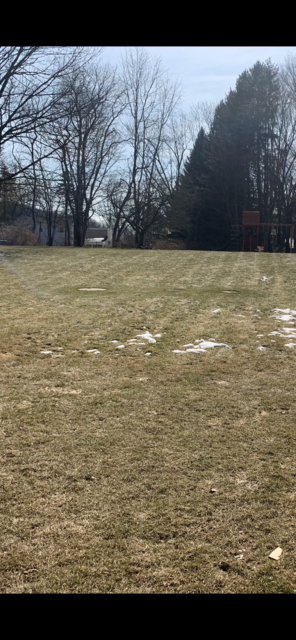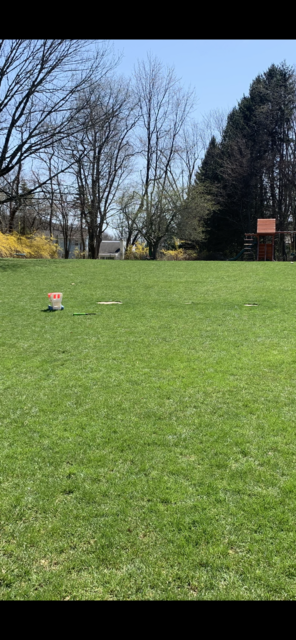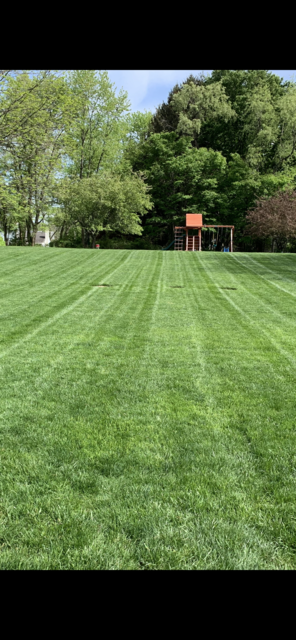I'm not the biggest TTTF fan in the world. I just can't get over the wide flat blades compared to the fine carpet look of KBG and PRG.
HOWEVER! I can't get over TTTF's ability to withstand heat and drought and look as green as can be. I have about 25k sq ft of back yard that I want to look nice, but it gets full sun 90% of the day and it's non irrigated so KBG won't hold up. So I've decided to do a full reno next fall and go all TTTF. While researching what cultivars I would want to plan,t I took the 2013-17 NTEP Final Report and extracted the Means for texture and color. If I am going to go TTTF I want the finest, darkest blend I can get. It's my personal preference so that's what I care about.
I first sorted by texture high to low then highlighted yellow down to 6.2 if the color was 7 or above. I then sorted by color from high to low and highlighted Green down to 7. Next I added a column for Total, which is the texture and color numbers added together. I then sorted by total and highlighted in blue to top cultivars that have actual names you can purchase.
What I find the most interesting is the almost none of popular names that everyone always talks about (4th M, Tit 2LS, Valk, etc.) are at the top. Regenerate is the only "big name" IMO at the top.

HOWEVER! I can't get over TTTF's ability to withstand heat and drought and look as green as can be. I have about 25k sq ft of back yard that I want to look nice, but it gets full sun 90% of the day and it's non irrigated so KBG won't hold up. So I've decided to do a full reno next fall and go all TTTF. While researching what cultivars I would want to plan,t I took the 2013-17 NTEP Final Report and extracted the Means for texture and color. If I am going to go TTTF I want the finest, darkest blend I can get. It's my personal preference so that's what I care about.
I first sorted by texture high to low then highlighted yellow down to 6.2 if the color was 7 or above. I then sorted by color from high to low and highlighted Green down to 7. Next I added a column for Total, which is the texture and color numbers added together. I then sorted by total and highlighted in blue to top cultivars that have actual names you can purchase.
What I find the most interesting is the almost none of popular names that everyone always talks about (4th M, Tit 2LS, Valk, etc.) are at the top. Regenerate is the only "big name" IMO at the top.









